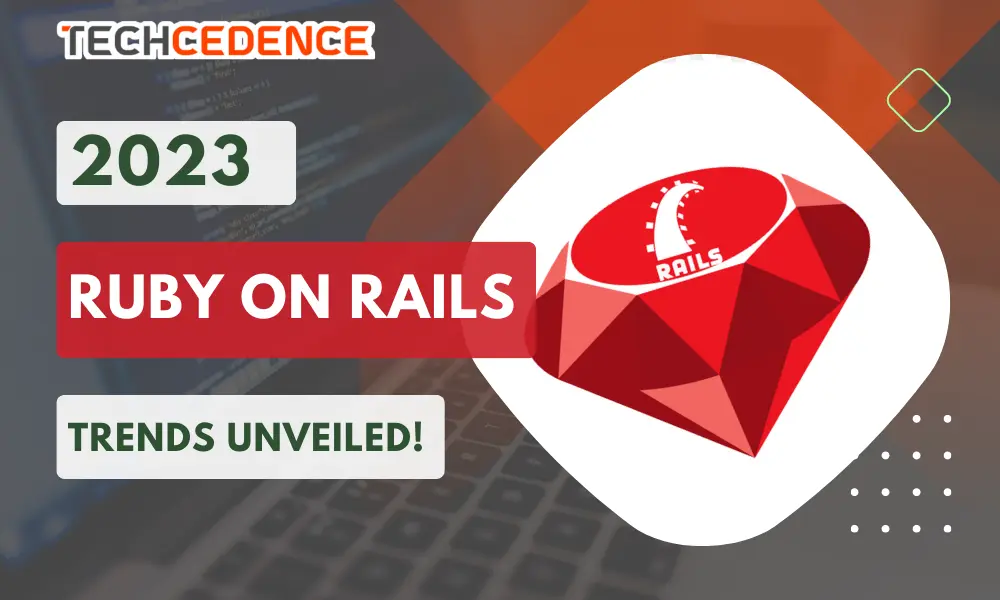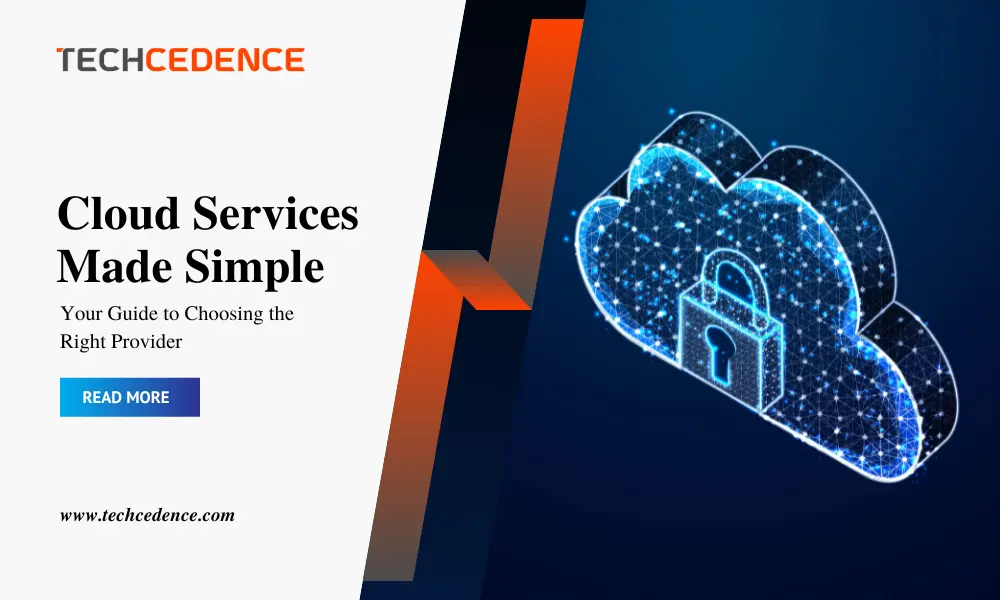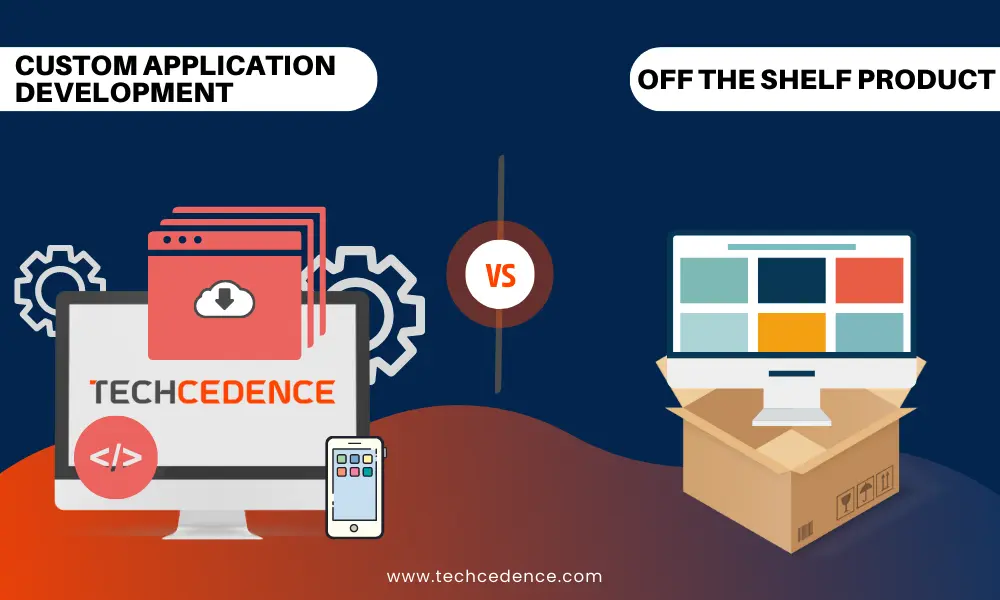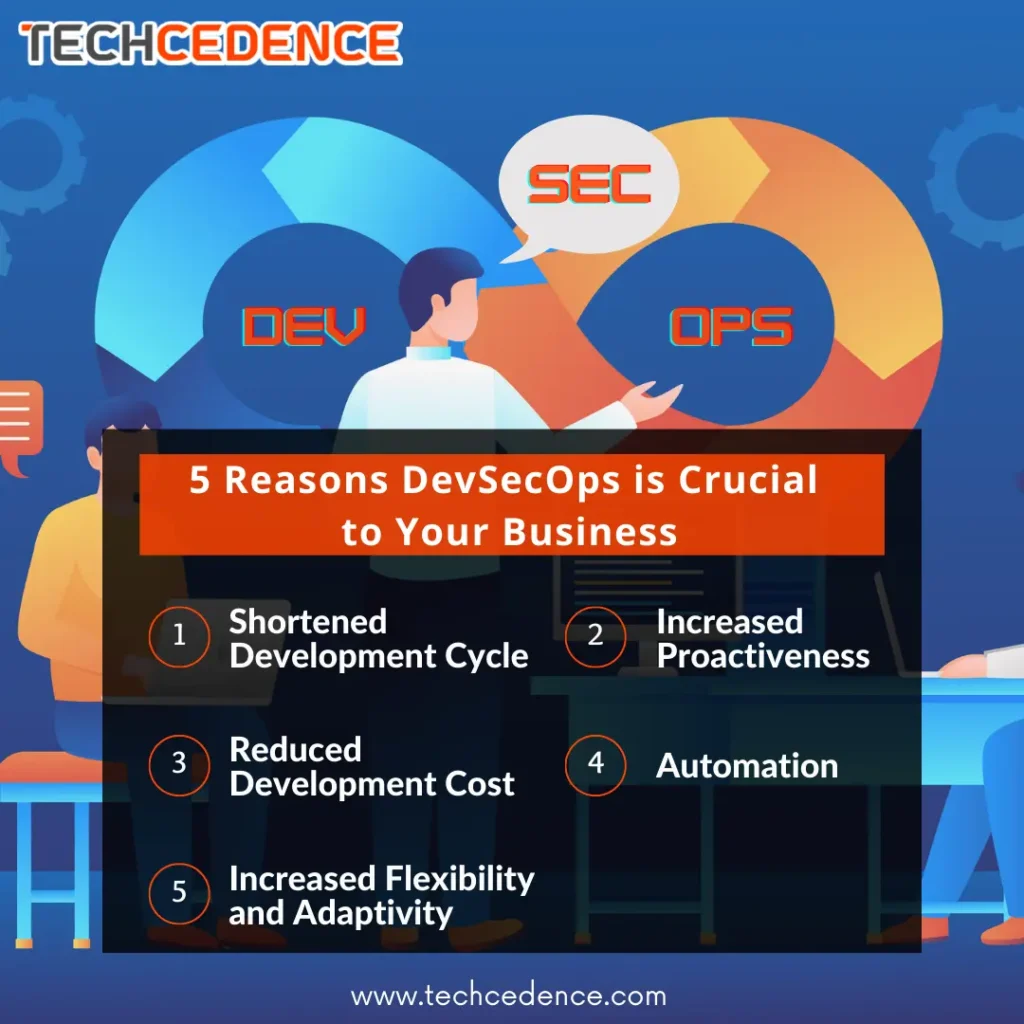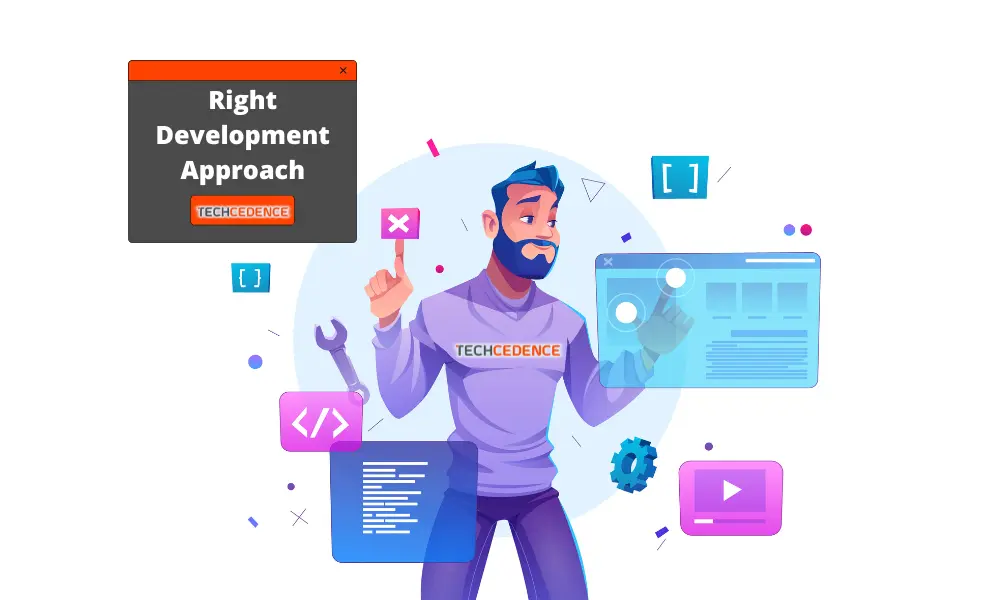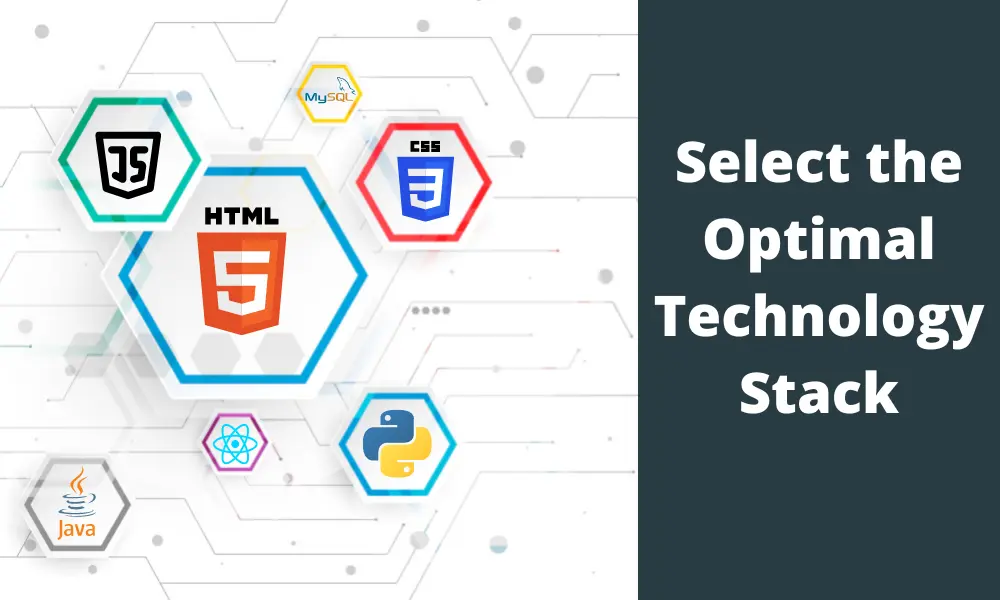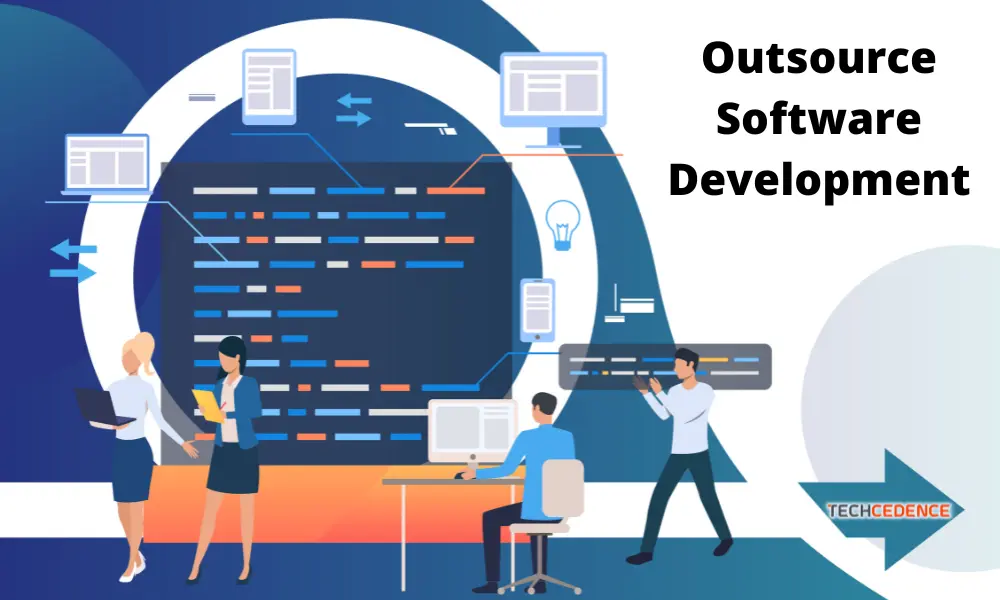Recruiting top-notch developers is crucial for the success of any startup. These talented individuals possess the technical expertise and innovation required to drive your business forward. However, with the growing demand for skilled developers, it can be a challenging task to attract and hire the best talent. To help you streamline your recruitment process, here are 10 effective steps to hire developers for startups.
1. Define Your Requirements Clearly
Before embarking on the recruitment journey, it is essential to define your requirements clearly. Determine the specific technical skills, experience level, and cultural fit that you are seeking in a developer. This clarity will enable you to craft targeted job descriptions and attract candidates who align with your startup’s vision.
2. Create an Engaging Job Description
Crafting an engaging job description is crucial to catch the attention of potential candidates. Use bold and attention-grabbing subheadings to highlight key aspects of the role and include relevant keywords that developers are likely to search for. Make sure the job description showcases the unique opportunities and challenges your startup offers, as well as the potential for growth and learning.
When writing the job description, focus on the impact that developers can make in your startup. Highlight the exciting projects they will work on and the innovative solutions they will contribute to. Emphasize the autonomy and ownership they will have, allowing them to unleash their creativity and drive meaningful results.
3. Leverage Online Platforms and Communities
Utilize online platforms and communities that cater to developers to expand your reach. Post job openings on popular job boards, professional networking sites, and developer forums. Engage with these communities by participating in discussions and showcasing your startup’s culture and values.
Additionally, consider creating a strong online presence for your startup. Maintain an active and informative website that showcases your projects, achievements, and team members. Use search engine optimization (SEO) techniques to ensure your website ranks well in relevant searches, increasing its visibility to potential candidates.
4. Tap into Your Network
Leverage your existing network to find suitable candidates. Reach out to colleagues, friends, and industry connections who may know talented developers looking for new opportunities. Referrals from trusted sources can often lead to finding highly qualified candidates.
Offer incentives for successful referrals, such as referral bonuses or recognition programs. This encourages your network to actively promote your job openings and refer individuals who align with your requirements and culture.
5. Host Tech Meetups and Events
Organize tech meetups and events to connect with developers in your local area. By hosting these gatherings, you can build relationships with potential candidates and establish your startup as a prominent player in the tech community. This also provides an opportunity for developers to get to know your team and company culture.
Consider inviting influential speakers or organizing panel discussions on relevant industry topics. This not only attracts developers but also positions your startup as a thought leader and an attractive place to work.
6. Showcase Your Startup’s Culture
Developers are attracted not only to the work they will be doing but also to the culture of the company they join. Highlight your startup’s unique culture, values, and perks in your recruitment efforts. Emphasize aspects such as flexible work hours, remote work options, professional development opportunities, and a collaborative work environment.
Use social media platforms to showcase your startup’s culture visually. Share photos and videos of team activities, office spaces, and team members working together. Encourage your employees to share their positive experiences and testimonials on platforms like LinkedIn, Glassdoor, or relevant tech forums.
7. Assess Technical Skills Effectively
When evaluating candidates, it is crucial to assess their technical skills effectively. Conduct thorough technical interviews, coding assessments, and pair programming sessions to evaluate their proficiency. Additionally, consider practical assignments or projects that allow candidates to demonstrate their abilities and problem-solving skills.
Develop a structured interview process that covers both technical skills and cultural fit. Involve key team members in the evaluation process to ensure a comprehensive assessment. Provide feedback to candidates, highlighting areas of improvement and showcasing your commitment to their growth.
8. Offer Competitive Compensation and Benefits
To attract top talent, offer competitive compensation packages and attractive benefits. Research the market rates for developers with similar skill sets and adjust your offers accordingly. In addition to competitive salaries, consider perks such as stock options, health insurance, flexible vacation policies, and opportunities for professional growth.
Keep an eye on industry trends and adapt your compensation and benefits packages accordingly. Stay informed about emerging technologies or in-demand skills that developers may possess, and offer additional incentives for those expertise areas.
9. Streamline the Hiring Process
A lengthy and convoluted hiring process can deter talented developers from pursuing opportunities with your startup. Streamline your hiring process by setting clear timelines, providing regular updates to candidates, and avoiding unnecessary delays. Efficiently managing the recruitment process showcases your respect for candidates’ time and demonstrates your startup’s efficiency.
Leverage technology to simplify and automate certain stages of the recruitment process. Use applicant tracking systems (ATS) to manage applications, schedule interviews, and communicate with candidates seamlessly. This not only saves time but also creates a positive candidate experience.
10. Foster a Positive Candidate Experience
Creating a positive candidate experience is essential for attracting and retaining top developers. Communicate promptly and transparently with candidates throughout the recruitment journey. Provide constructive feedback to unsuccessful candidates, showing your appreciation for their time and effort.
Consider organizing post-interview feedback sessions to address any concerns or questions candidates may have. This allows you to build rapport and establish a genuine connection, even with candidates who were not ultimately selected.
In conclusion, recruiting developers for startups requires a strategic and comprehensive approach. By defining your requirements clearly and leveraging online platforms like Techcedence, you can easily connect with highly skilled developers. Creating engaging job descriptions, tapping into your network, hosting tech meetups and events, and showcasing your startup’s culture further enhance your chances of attracting the right talent.
Additionally, assessing technical skills effectively, offering competitive compensation and benefits, streamlining the hiring process, and fostering a positive candidate experience are crucial steps in finding developers who align with your vision and can contribute to your startup’s growth. With Techcedence’s assistance, you can simplify the entire recruitment journey and discover the perfect developers for your startup’s success.


